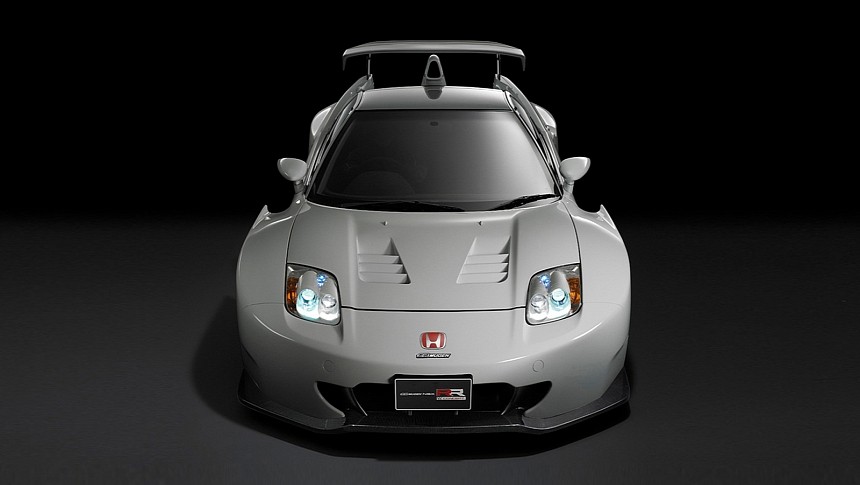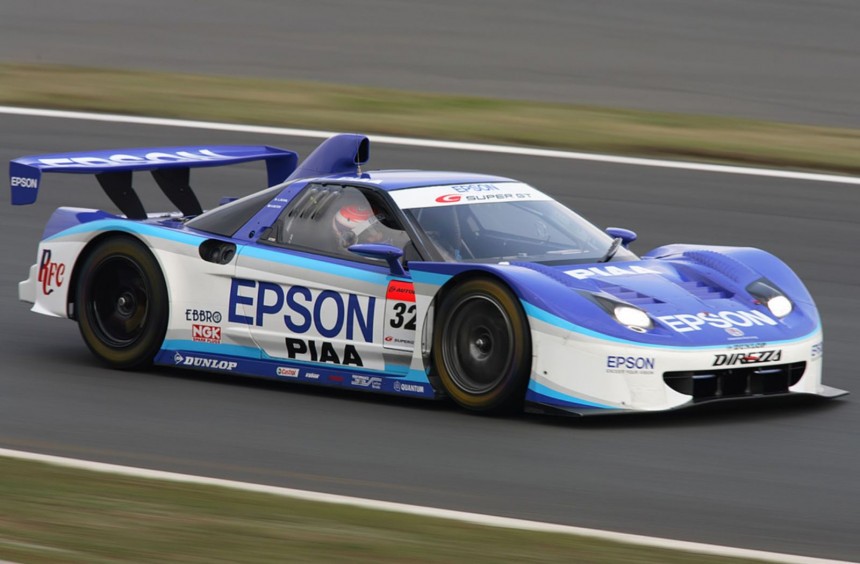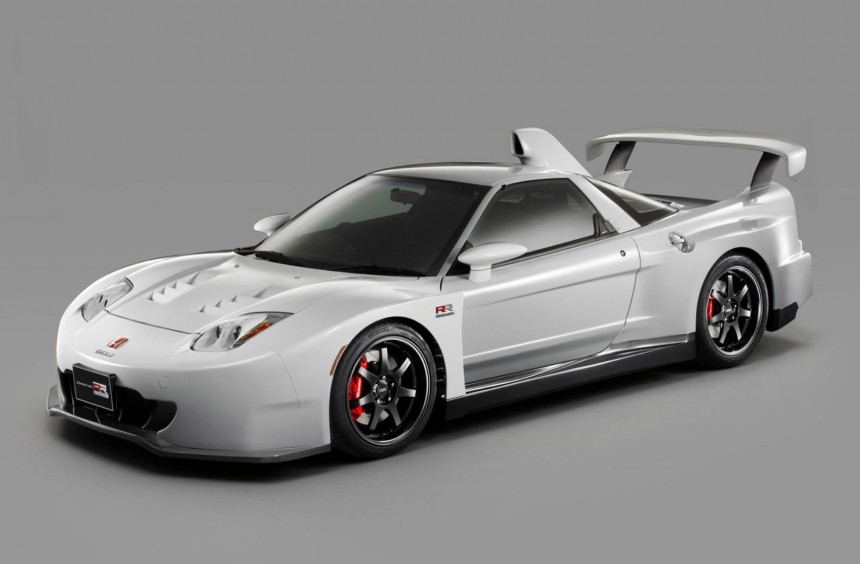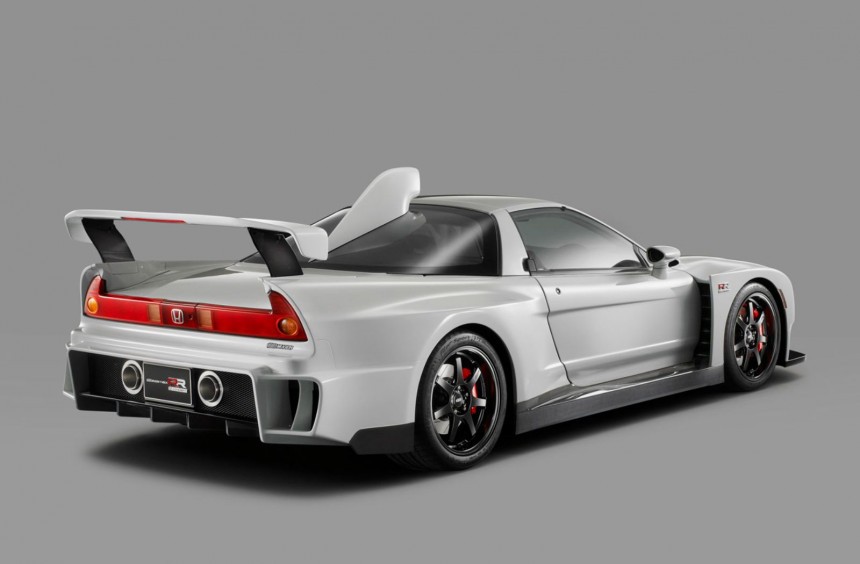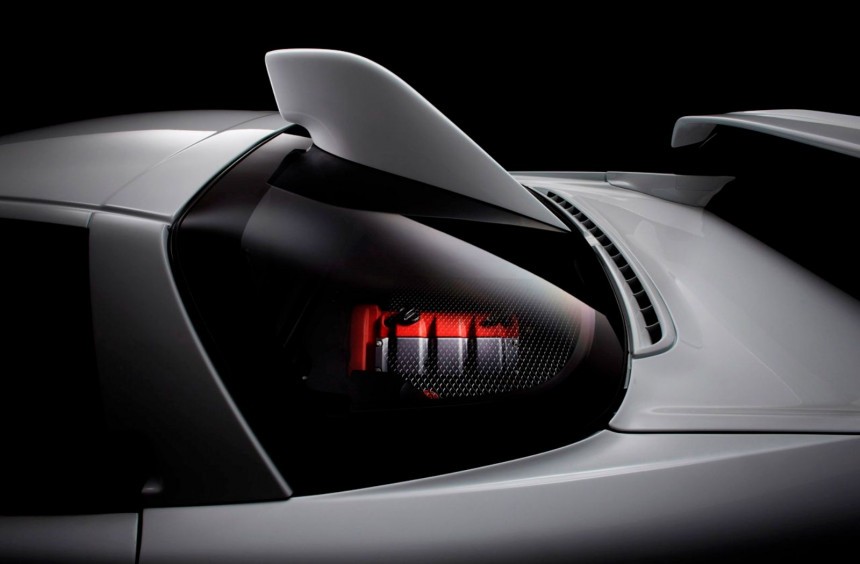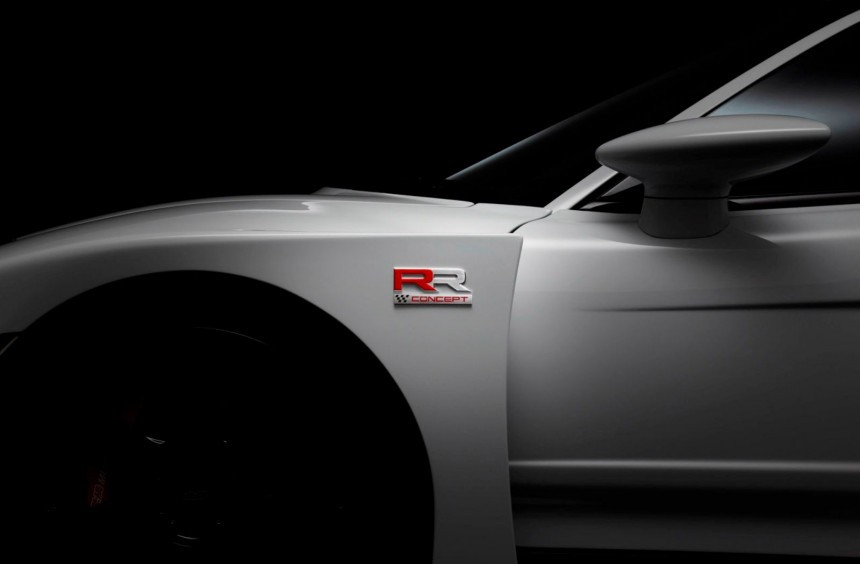Although fourteen years have passed since this breathtaking concept was unveiled, we still can't forgive Honda for not unleashing it on public roads.
From the 1960s to the 1980s, Japanese carmakers made a gigantic leap from small, local manufacturers to global automotive powerhouses. One of the companies that led this charge was Honda, which became known for its exceptional, budget-friendly models and its engineering innovations.
By 1986, Honda became a household name in the world of motorsport, winning the Constructors' championship in Formula 1, but when it came to its road-going models, a thoroughbred sports car was nowhere to be found.
That changed three years later when the company unveiled the mid-engine NSX at the Chicago Auto Show. Packing a powerful V-TEC V6, the car developed with help from Formula 1 legend Ayrton Senna became an instant hit.
Continually improved, the first-generation NSX was produced for fifteen straight years and rode into the sunset as Japan's most iconic supercar.
Many special editions and even extensively-modified one-off NSXs were produced throughout the production run. But, the greatest of them all was the RR concept revealed four years after the last NSX left the factory.
In 2009, the NSX was set to celebrate its 20th anniversary, and to mark the occasion, Honda decided to build the most breathtaking version of its famous supercar.
The project was handed down to the Japanese tuner Mugen, who had been modifying Honda cars and motorcycles since 1973. Although independent, the company was established by Hirotoshi Honda, the son of Honda Motor Company founder Soichiro Honda, so it functioned as the manufacturer's de-facto racing department.
Apart from developing tuning components for Honda, Mugen also prepped most of its race cars for the local Super GT series.
As you may or may not know, the Super GT has always allowed a higher degree of freedom to manufacturers who wanted to race in their premier GT500 class. Therefore, older yet heavily modified chassis no longer in production were allowed to race in the series.
This was the case with the first-gen NSX, which was still competing in the Super GT back in 2008 and helped influence the RR concept.
Rather than taking a stock NSX chassis and beefing it up with race-spec goodies, the Mugen team started with a leftover GT500 chassis.
To be exact, they started with a central section initially built for a Super GT car, then added custom aluminum space frames to both ends and a fully independent, double-wishbone suspension. The system was also borrowed from the Super GT program, making use of competition-spec, fully-adjustable shocks and sturdy anti-roll bars on either end.
The same can be said about the huge brakes, which used floating discs hugged by six-piston calipers up front and four-piston versions at the rear.
The impressive race-derived chassis was covered by an equally impressive body that also drew inspiration from the Super GT NSX.
The front end was nearly identical to the GT500 cars, which competed in the 2008 season. The only noticeable differences were the removal of the diffuser's corner sections and a slightly redesigned central grille.
When viewed from the side, the RR's similarity to its Super GT sibling continued. The team extensively widened the wheel arches, deleted the side vents of the stock model, and added carbon fiber side skirts.
At the rear, a wider bumper with central exiting exhaust tips was fitted along with a massive adjustable spoiler that featured a LED brake light.
Probably the coolest exterior upgrade was the addition of a fully-functional "snorkel" air intake that pierced through the rear window.
Mugen also modified the interior, but this section of the cockpit was less Super GT and more luxury supercar. Entirely upholstered in red Alcantara with a few black inserts from the same material, it featured racing-style bucket seats, redesigned gauges, and a Civic Type R steering wheel with exposed carbon trims.
A Mugen-tuned version of the 3.2-liter C32B V6 powered the RR concept. What was surprising about this engine was its longitudinal placement, as opposed to the transverse layout of the standard NSX. This was also done as a homage to the Super GT cars, which used longitudinally-mounted engines linked to sequential gearboxes.
However, the not-so-pleasant surprise was the lack of a transmission, headers, or an exhaust system. Since a transmission for the standard model could not be fitted to a longitudinally-mounted engine, and the race-spec sequential was deemed too expensive for the project, the Double R ended up being a static concept, which was pretty disappointing.
Consequentially, no performance specs were released, but judging by similarly-tuned Mugen engines, the concept's V6 should have easily made 350 hp. Furthermore, with its lightweight construction and aerodynamic enhancements, it's safe to assume that the car was capable of sprinting from 0 to 60 mph (97 kph) in the low-four-second territory.
The NSX RR made its public debut in October 2009 at the Tokyo Motor Show. Although it was based on an aging model, the concept was met with an overwhelmingly positive reception by the general public and the automotive press.
Shortly after the show concluded, rumors about a limited production run started circulating online. Unfortunately, Honda never confirmed these rumors and chose to concentrate its efforts on developing the second-generation NSX.
Still, the company could have tried to please its fans, even if it meant building a somewhat-tamer version based on the production chassis and equipped with a conventionally-mounted V6.
A production NSX RR would have been the most epic farewell for the legendary supercar, and, in many ways, it would have been more exciting than the second-generation model.
By 1986, Honda became a household name in the world of motorsport, winning the Constructors' championship in Formula 1, but when it came to its road-going models, a thoroughbred sports car was nowhere to be found.
That changed three years later when the company unveiled the mid-engine NSX at the Chicago Auto Show. Packing a powerful V-TEC V6, the car developed with help from Formula 1 legend Ayrton Senna became an instant hit.
Continually improved, the first-generation NSX was produced for fifteen straight years and rode into the sunset as Japan's most iconic supercar.
Many special editions and even extensively-modified one-off NSXs were produced throughout the production run. But, the greatest of them all was the RR concept revealed four years after the last NSX left the factory.
The origins of the project
The project was handed down to the Japanese tuner Mugen, who had been modifying Honda cars and motorcycles since 1973. Although independent, the company was established by Hirotoshi Honda, the son of Honda Motor Company founder Soichiro Honda, so it functioned as the manufacturer's de-facto racing department.
Apart from developing tuning components for Honda, Mugen also prepped most of its race cars for the local Super GT series.
As you may or may not know, the Super GT has always allowed a higher degree of freedom to manufacturers who wanted to race in their premier GT500 class. Therefore, older yet heavily modified chassis no longer in production were allowed to race in the series.
This was the case with the first-gen NSX, which was still competing in the Super GT back in 2008 and helped influence the RR concept.
Built around a Super GT-spec chassis
To be exact, they started with a central section initially built for a Super GT car, then added custom aluminum space frames to both ends and a fully independent, double-wishbone suspension. The system was also borrowed from the Super GT program, making use of competition-spec, fully-adjustable shocks and sturdy anti-roll bars on either end.
The same can be said about the huge brakes, which used floating discs hugged by six-piston calipers up front and four-piston versions at the rear.
Road-legal GT500 race car looks
The front end was nearly identical to the GT500 cars, which competed in the 2008 season. The only noticeable differences were the removal of the diffuser's corner sections and a slightly redesigned central grille.
When viewed from the side, the RR's similarity to its Super GT sibling continued. The team extensively widened the wheel arches, deleted the side vents of the stock model, and added carbon fiber side skirts.
At the rear, a wider bumper with central exiting exhaust tips was fitted along with a massive adjustable spoiler that featured a LED brake light.
Probably the coolest exterior upgrade was the addition of a fully-functional "snorkel" air intake that pierced through the rear window.
Mugen also modified the interior, but this section of the cockpit was less Super GT and more luxury supercar. Entirely upholstered in red Alcantara with a few black inserts from the same material, it featured racing-style bucket seats, redesigned gauges, and a Civic Type R steering wheel with exposed carbon trims.
It hid a few surprises inside the engine bay
However, the not-so-pleasant surprise was the lack of a transmission, headers, or an exhaust system. Since a transmission for the standard model could not be fitted to a longitudinally-mounted engine, and the race-spec sequential was deemed too expensive for the project, the Double R ended up being a static concept, which was pretty disappointing.
Consequentially, no performance specs were released, but judging by similarly-tuned Mugen engines, the concept's V6 should have easily made 350 hp. Furthermore, with its lightweight construction and aerodynamic enhancements, it's safe to assume that the car was capable of sprinting from 0 to 60 mph (97 kph) in the low-four-second territory.
The star of the Tokyo Motor Show
Shortly after the show concluded, rumors about a limited production run started circulating online. Unfortunately, Honda never confirmed these rumors and chose to concentrate its efforts on developing the second-generation NSX.
Still, the company could have tried to please its fans, even if it meant building a somewhat-tamer version based on the production chassis and equipped with a conventionally-mounted V6.
A production NSX RR would have been the most epic farewell for the legendary supercar, and, in many ways, it would have been more exciting than the second-generation model.
